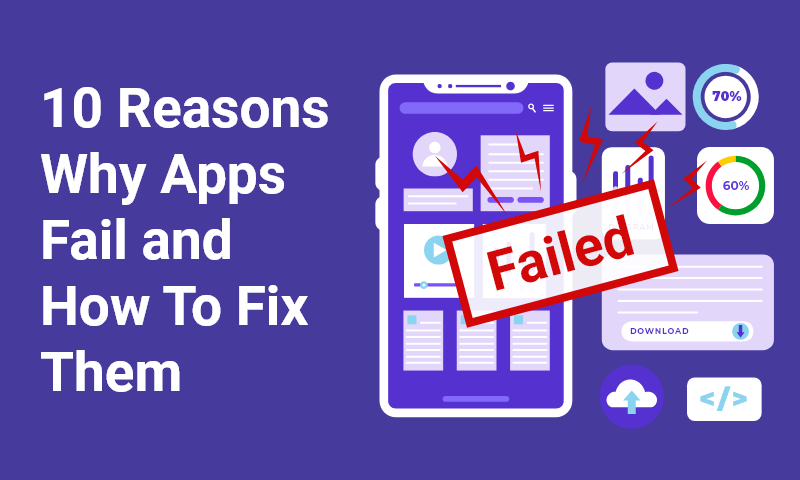
Brands are often left wondering – what makes an app successful? The answer may lie in finding out what mistakes lie behind failed apps – in the development, design, marketing, and testing phase.
While there is no magic pill for developing a successful app, there are distinct traps that can forestall it. From choosing the wrong targeted audience, inefficient development processes to a complicated UI – it is vital to avoid factors that impede adoption of your app. While competition in the app market is very high, failure isn’t always a result of getting lost in the noise. In most scenarios, there are other contributing factors.
Today, we will look at 10 reasons why apps fail and how to fix them.
![]()
1. Confusing app iconsA clear, memorable, and understandable icon will convince your users to download your app. Your app icon is the first opportunity to communicate your app’s purpose at a glance and also appears throughout the interface, such as in Settings and search results. Here are some guidelines to ensure that your app does not confuse your users.
- Embrace simplicity
- Provide a single focus point
- Design a recognizable icon
- Keep the background simple
- Avoid transparency
- Use text that is essential or part of a logo
- Avoid photos, screenshots, or interface elements
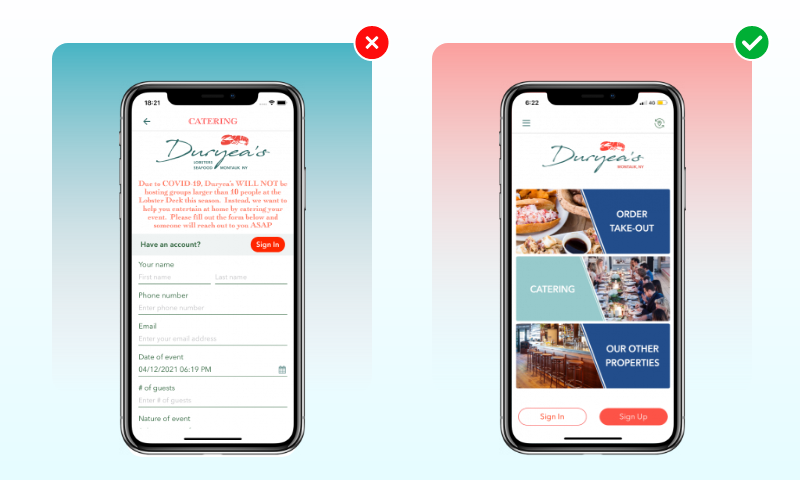
2. Boring or irrelevant screenshotsUnexciting, misleading images will discourage your users from downloading your app. Most mobile users will use your app screenshots to form a first impression and make a decision as to whether to download your app or not. A companion video goes a long way in showing your audience your app functions. A well-designed set of app screenshots are:
- Appealing and eye-catching
- Clean and easy to read
- Straight to the point
- Live-visuals from the app
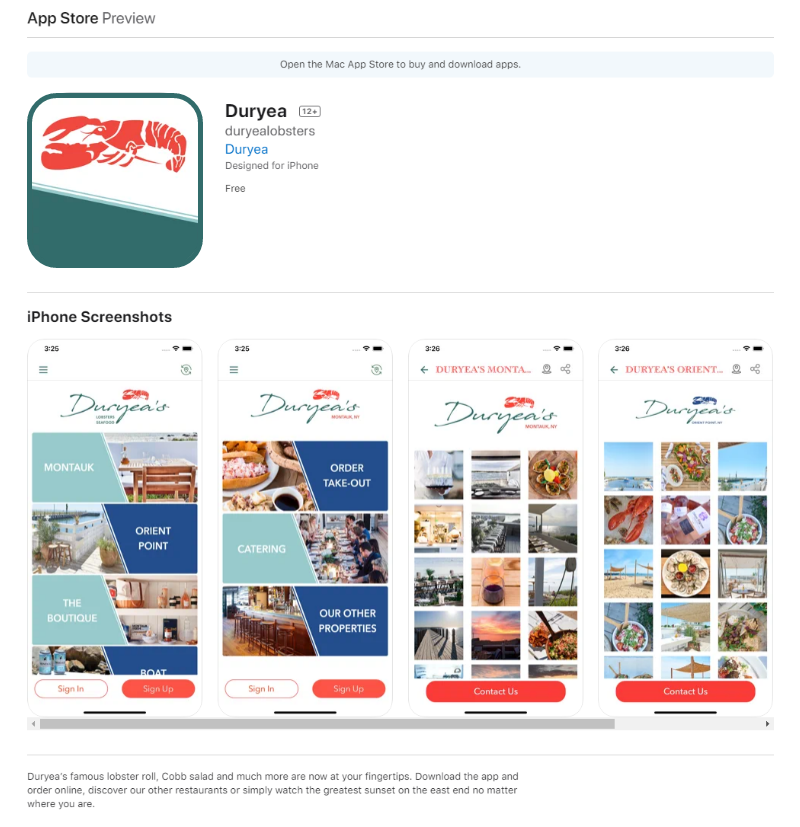
3. App descriptionIf the app description does not define its idea as clearly as possible and tells users what problem it solves from the very first sentence, it will not inspire users to install your app. Ensure that your description is keyword-rich, simple and straightforward, has a list of crucial features, and offers a value proposition. If the description you have used does not have the words people search for, find relevant keywords on https://trends.google.com/trends/?geo=US and incorporate them in your app description.
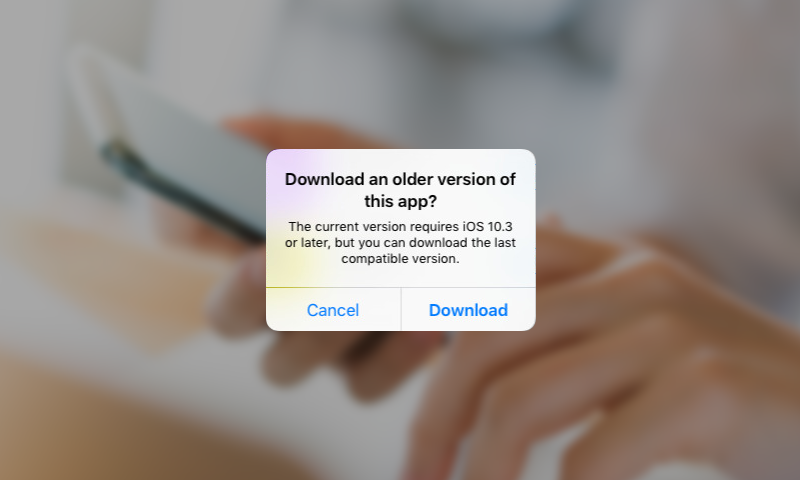
4. Make your app available for all versionsSeeing the message “This app is not available for your device” can frustrate your users and make them look elsewhere. Although it’s not practical to support every old Android or iOS version, you should try to accommodate as many older versions as possible.
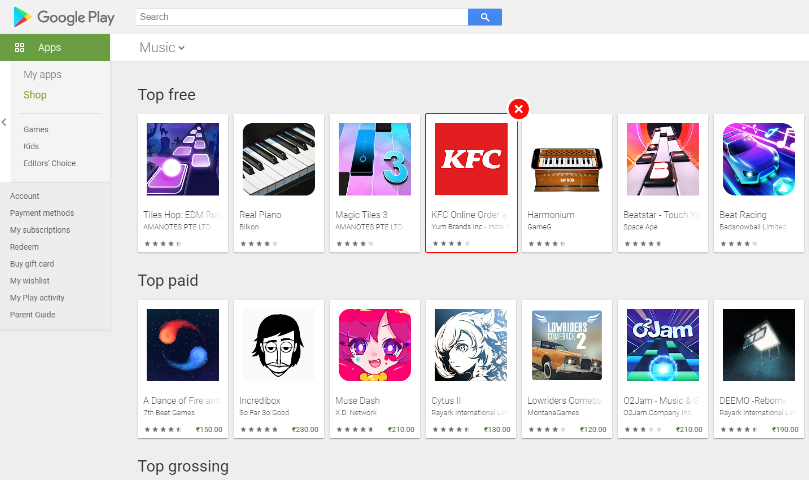
5. Choosing the wrong category for your appSurprisingly your app category can make a world of difference when it comes to promoting your app correctly. The category you choose needs to be relevant to your app and help enable your app to rank well in category charts. Categories help users discover new apps to fit their needs. If your app is miscategorized, check your competition and list of categories for Google and Apple stores to pick the most relevant category. https://developer.apple.com/app-store/categories/
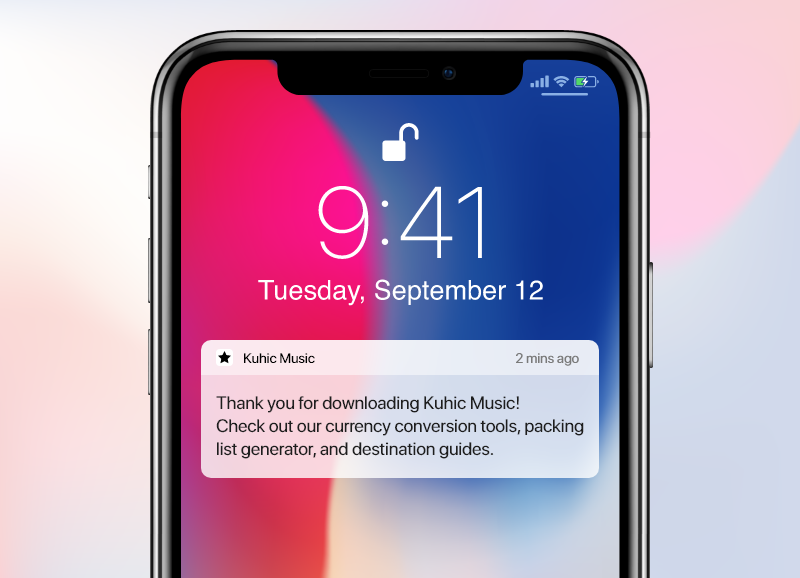
6. Not enough day to day valueDay to day value is key to avoid getting deleted from the users phone. Engaging push notifications and crisp usability is what makes users continue to use your app. Push notifications need to be managed very carefully as too many can get the app removed and too few means you do not engage your users.
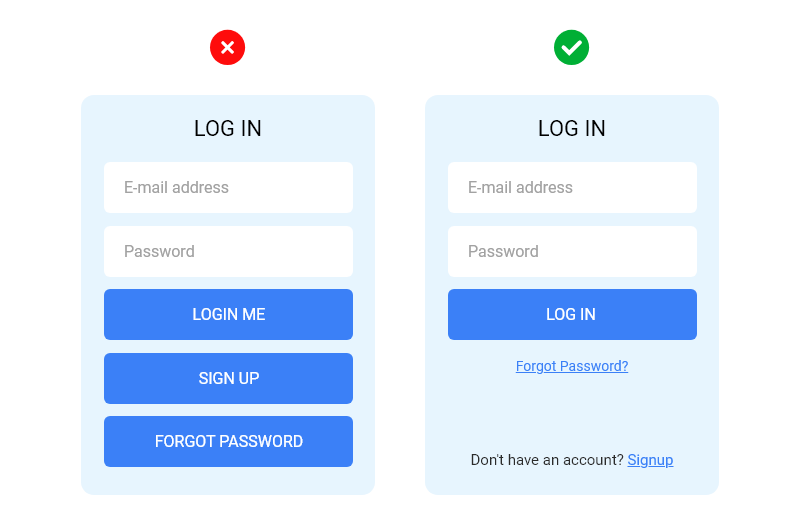
7. Confusing UI and signup processIf your app is not user-friendly for your target audience, your users might feel discouraged to download your app. For example, users of an older demographic might not be able to tap smaller buttons in your UI easily. When controls are designed large enough, it will allow them to complete the action more often. It is critical to understand the necessity of all the different types of users using your app. Remember, running usability tests with users of your key demographic will do wonders for your app and your understanding of its user’s needs when considering your interface design.
Cluttering the signup page and making the login forms difficult to reach will make users leave the app. Try to keep the login screen simple and make it starkly visible so that visitors can access it easily. Your signup page should also contain an option that lets people sign up on your website using an external account – such as Facebook, Google, Apple or Twitter accounts. This way, users need not go through the lengthy signup process to download your app.
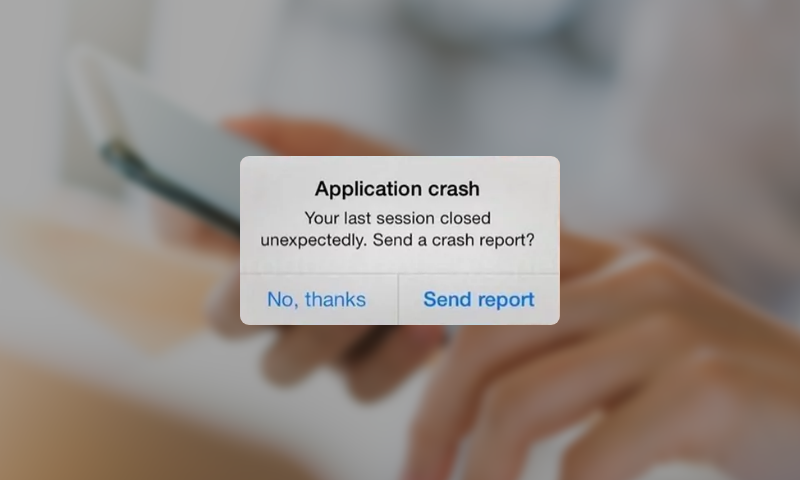
8. Buggy app that crashes oftenUsers don’t think twice about abandoning an app if they are frustrated by the overall app performance. If your app is buggy or crashes all the time, hire a professional company to fix your app before you take it to market. Make sure to have a Crash tracking mechanism to help you prioritize and fix your most pervasive crashes based on the impact on real users.
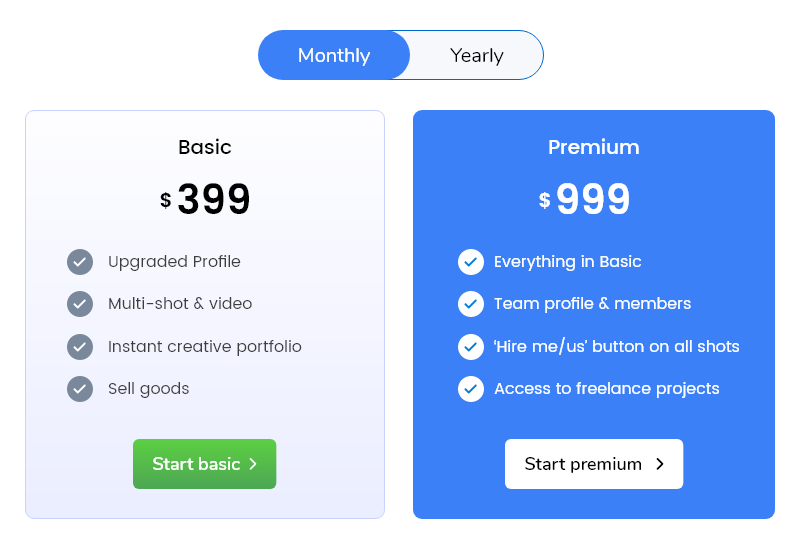
9. Pricing strategyThe app pricing strategy plays a critical role in getting your app the initial visibility and traction in the app stores. If you have not priced your app appropriately, or there is no way to try your app free before buying, you might end up losing your users. Right pricing strategy can help you build a profitable, successful, and scalable digital product.
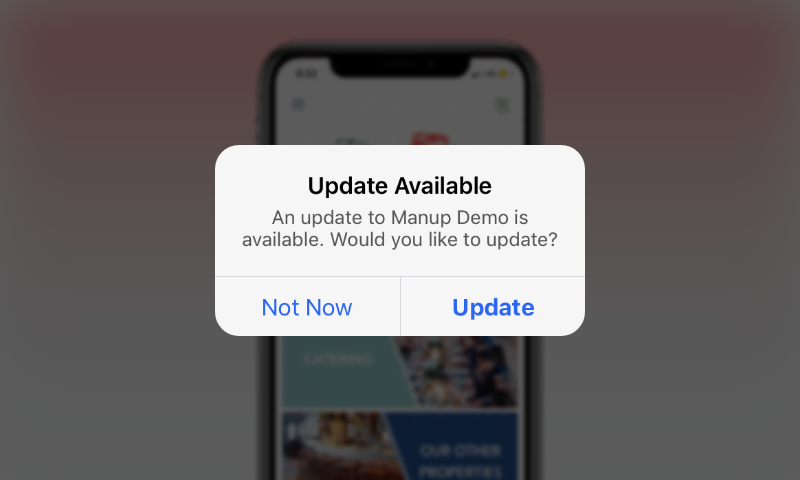
10. No regular updatesYou have designed an app for your users. If you fail to recognize and incorporate their inputs regarding your app, it can translate into failure. As your app is released, you need to continually pay attention to the issues they are facing and work instantaneously to fix those issues to keep the customers coming back to you.
Updates not only help improve user experience but also bring the app to the top of the app store search results. Regularly updated apps are often seen as more trustworthy by users.
Making Successful Mobile Apps Is Possible
Having listed some of the most common yet fatal mistakes, it’s plain to see why so many millions of apps fail every year. Designing a successful app is an uphill challenge, but you can have a successful app on your hand if you plan and strategize. To succeed with the release of your mobile app, it is vital to ensure your product is professionally developed and carefully designed.
